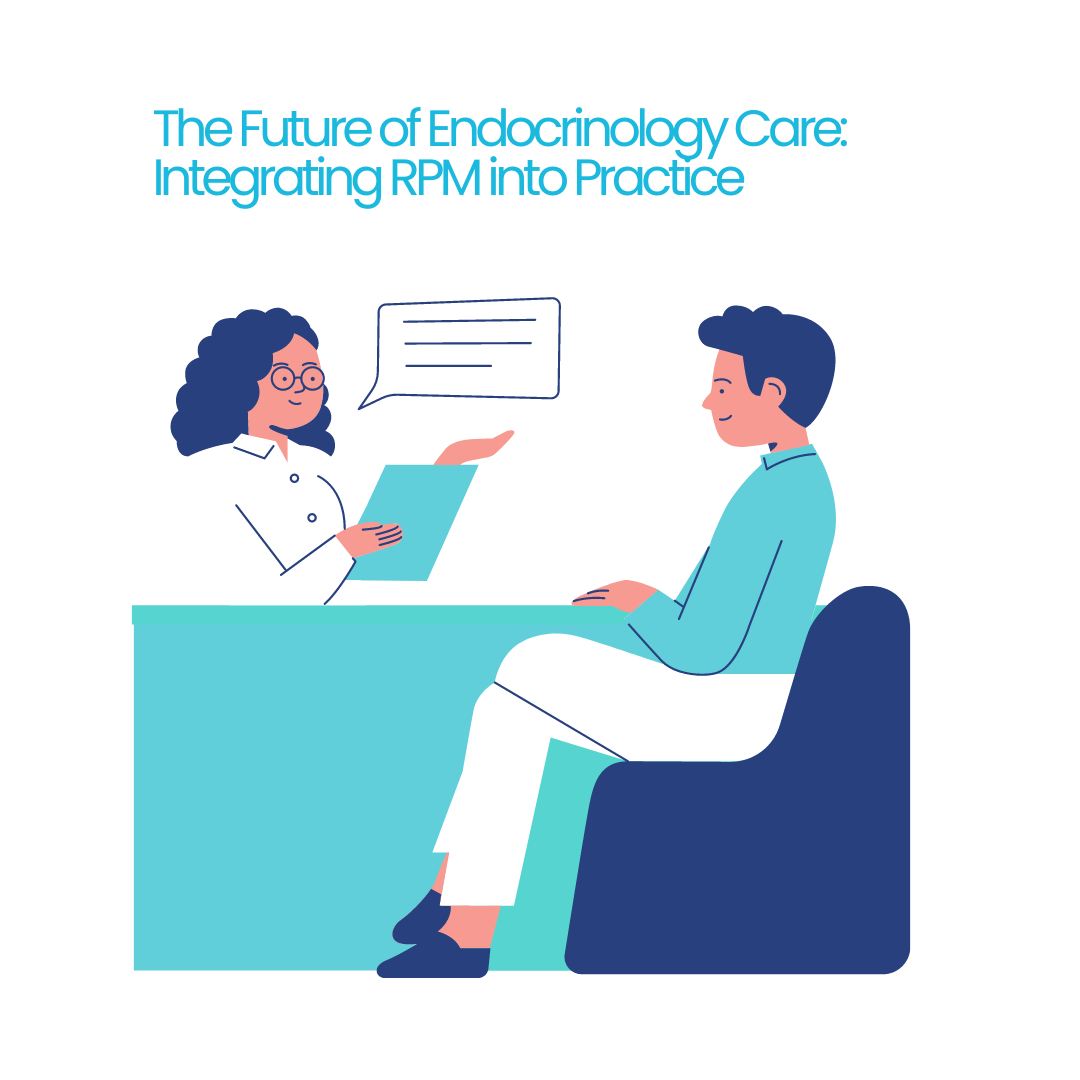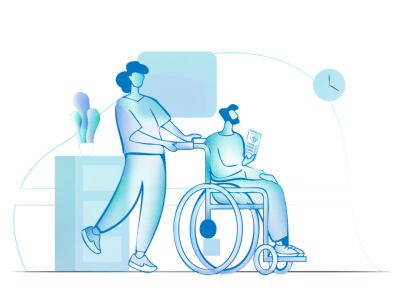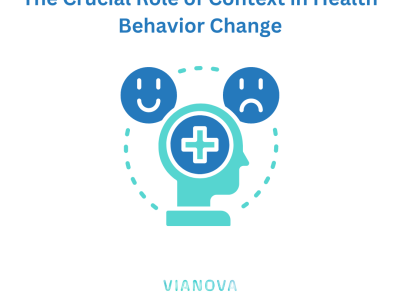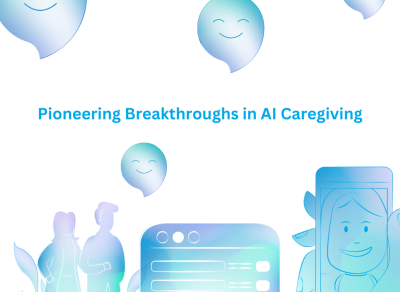
The Future of Endocrinology Care: Integrating RPM into Practice
In the grand finale of our blog series, we set our sights on the future of endocrinology care. As healthcare continuously evolves, embracing technological advancements, Remote Patient Monitoring (RPM) solutions like Vianova are poised to play a pivotal role in shaping the future of endocrinology. In this blog, we’ll delve into the evolving healthcare landscape, explore practical steps for endocrinology practices to successfully integrate RPM into their workflows, and highlight the immense potential of RPM in driving better patient outcomes, particularly in the management of endocrine disorders such as diabetes.
The role of RPM in the evolving healthcare landscape, especially in the context of endocrinology and diabetes care
The healthcare landscape is undergoing a profound transformation, marked by an increasing emphasis on patient-centric care and value-based models. Endocrinology, with its focus on managing chronic conditions like diabetes, stands to benefit significantly from RPM.
RPM is not just a tool; it’s a philosophy of care. It acknowledges that patients’ needs extend beyond the walls of the clinic, especially for those with chronic endocrine disorders. It recognizes that continuous monitoring and early intervention are key to better patient outcomes. RPM aligns seamlessly with the shift towards value-based care, where healthcare providers are rewarded for achieving better results and improved patient experiences.
Practical steps for endocrinology practices to integrate RPM into their workflows
While the advantages of RPM are evident, the path to integration may seem challenging. However, with the right strategies and commitment, endocrinology practices can successfully embrace this technology. Here are some practical steps:
1. Assess Your Practice: Begin by evaluating your practice’s needs and identifying areas where RPM can be most beneficial, especially for patients managing endocrine disorders like diabetes. Understanding your patient population and their unique needs is essential.
2. Select the Right RPM Solution: Choose a reputable RPM solution provider like Vianova, tailored for endocrinology and diabetes care. Ensure that the platform is user-friendly for both patients and healthcare providers.
3. Engage Your Team: Education and collaboration are essential. Ensure that your team understands the benefits of RPM and is committed to its successful integration.
4. Patient Education: Patient engagement is key. Educate your patients about the benefits of RPM, particularly in the context of managing chronic endocrine disorders like diabetes. Clear instructions on device usage are crucial.
5. Data Management: Develop a clear plan for managing the influx of data generated by RPM devices. Ensure that the data is efficiently integrated into your Electronic Health Record (EHR) system and that the patient’s healthcare information is kept secure.
The potential for RPM to drive better patient outcomes, improve diabetes management, and reduce healthcare costs in the context of endocrinology
The future of endocrinology care is promising, with RPM at the forefront of positive change. RPM has the potential to drive better patient outcomes, particularly in the management of endocrine disorders like diabetes. Through early detection and proactive intervention, patients experience improved quality of life, fewer complications, and a higher level of comfort in managing their conditions.
Furthermore, the integration of RPM can lead to significant cost savings in the healthcare system. By reducing hospital readmissions, emergency care visits, and severe complications, healthcare costs can be substantially lowered. This cost reduction benefits patients, providers, and the healthcare system as a whole, making it a win-win situation.
As we conclude this series, it’s clear that RPM is not just a technology; it’s a fundamental shift in how we approach endocrinology care. It’s a promise of a brighter, healthier future for patients managing endocrine disorders, particularly in the context of diabetes, and a more sustainable healthcare system. The journey is just beginning, and RPM is leading the way towards a future where endocrinology care is redefined by the power of technology and a commitment to patient well-being. Stay tuned for more insights into the world of remote patient monitoring and the healthcare landscape as it evolves into a new era of patient-centric care.



FEEL FREE TO DROP US A LINE.